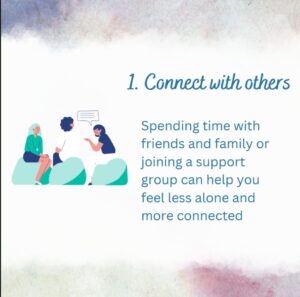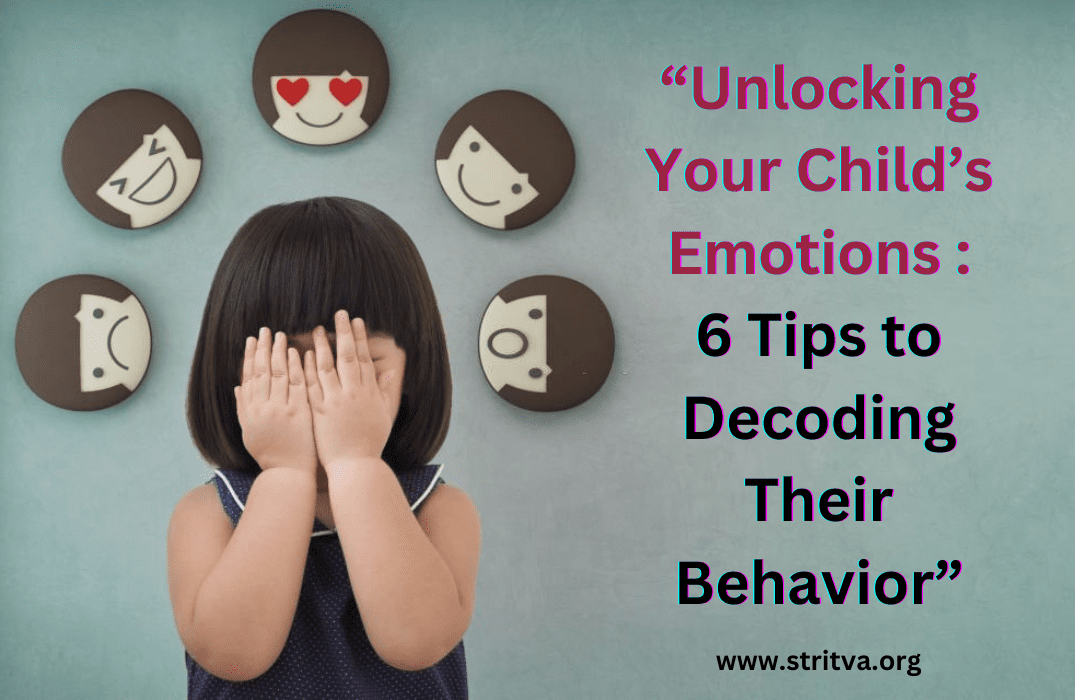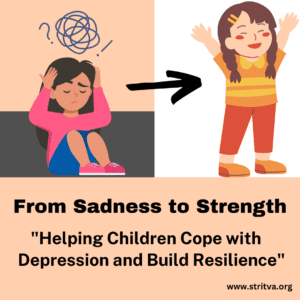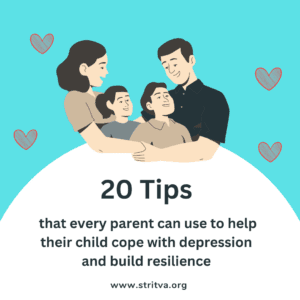Sadness is a normal part of the human experience. It can stem from many different situations, such as the loss of a loved one, the end of a relationship, or a significant change in life circumstances. While it’s okay to feel sad, it’s essential to find ways to help yourself out of it.
Here are 10 simple ways to help yourself out from sadness, with real-life examples.
1. Connect with others
When you’re feeling sad, it’s common to feel isolated and alone. Connecting with others, whether it’s through spending time with friends and family or joining a support group, can help you feel less alone and more understood. Talking about your feelings with someone who cares about you can also provide a sense of relief and comfort.
For example, if you recently experienced a breakup, reaching out to a friend for a coffee date or joining a support group for people going through similar experiences can help you feel understood and supported.

2. Exercise
Physical activity, even in small amounts, can release endorphins in the brain, which are natural mood-boosters. This can help improve your mood and reduce feelings of sadness or anxiety. You don’t need to engage in high-intensity workouts to experience the benefits of exercise; even going for a walk or doing some yoga can be helpful.
For example, if you’re feeling down after a long day at work, going for a run or taking a yoga class can help you release stress and tension.

3. Get outside
S Being in nature has been shown to have a calming effect on the mind and body. Spending time outside, whether it’s going for a walk, sitting in the sun, or hiking in the woods, can help you feel more grounded and centered. It can also provide a sense of perspective and help you feel more connected to the world around you.
For example, if you’ve been feeling stuck in your routine, taking a day trip to a nearby hiking trail or park can help you recharge and clear your mind.

4. Practice mindfulness
Mindfulness is the practice of being present in the moment, without judgment or distraction. When you’re feeling sad, it’s easy to get caught up in negative thoughts and emotions. Practicing mindfulness can help you become more aware of your thoughts and feelings, and help you develop a sense of inner calm and balance.
For example, if you’re feeling anxious about an upcoming event, taking a few deep breaths and focusing on the present moment can help you feel more calm and centered.

5. Practice gratitude
Focusing on the good things in your life, even if they seem small, can help shift your mindset away from sadness. When you take time to appreciate the people, experiences, and things that bring you joy, you can begin to see the world in a more positive light. This can help you feel more hopeful and optimistic about the future.
For example, if you’re feeling down after a difficult day at work, taking a moment to appreciate your co-worker’s kindness or the sunshine on your walk home can help you feel more positive.

6. Write it out
Writing down your thoughts and feelings can be a powerful tool for processing and releasing emotions. Journaling, drawing, or playing music can all be therapeutic ways to express yourself and work through difficult emotions. This can help you gain clarity and perspective on your situation, and help you develop a sense of inner strength and resilience
For example, if you’re feeling overwhelmed by a big decision, writing down your thoughts and weighing the pros and cons can help you gain clarity and perspective.

7. Eat well
What you eat can have a big impact on your mood and energy levels. A diet rich in whole foods, fruits, and vegetables can help improve your overall health and well-being, and reduce feelings of sadness or fatigue. Eating regular, balanced meals can also help you maintain stable blood sugar levels and avoid energy crashes.
For example, if you’re feeling low on energy, eating a healthy breakfast with oatmeal and fresh fruit can help you start your day on the right foot.

8. Get enough sleep
Lack of sleep can contribute to feelings of sadness and fatigue. Prioritizing good sleep hygiene, such as avoiding screens before bed and creating a calming bedtime routine, can help you get the rest you need to feel rested and refreshed. Getting enough sleep can also help you feel more mentally alert and focused during the day.
For example, if you’re feeling exhausted after a long week of work, making an effort to prioritize your sleep and going to bed earlier can help you feel more rested and refreshed.

9. Seek professional help
If your sadness persists or interferes with your daily life, it may be time to seek professional help. A therapist or counselor can provide you with tools and strategies to manage your emotions, and help you develop a sense of resilience and inner strength. They can also provide a safe and supportive environment for you to process difficult emotions and experiences.
For example, if you’re struggling with grief after the loss of a loved one, seeking the support of a therapist or grief counselor can help you process your emotions and find ways to move forward.

10. Do something you enjoy
If your sadness persists or interferes with your daily life, it may be time to seek professional help. A therapist or counselor can provide you with tools and strategies to manage your emotions, and help you develop a sense of resilience and inner strength. They can also provide a safe and supportive environment for you to process difficult emotions and experiences.

In conclusion, sadness is a natural and normal part of the human experience, but it’s important to find ways to help ourselves out of it when it becomes overwhelming or persistent. The ten simple ways to help yourself out of sadness are connecting with others, exercising, getting outside, practicing mindfulness, practicing gratitude, writing it out, eating well, getting enough sleep, seeking professional help, and doing something you enjoy. By incorporating these practices into our lives, we can improve our mood, manage our emotions, and find ways to move forward through difficult times. It’s important to remember that everyone’s experience with sadness is unique, and what works for one person may not work for another. Therefore, it’s essential to experiment with different techniques and find what works best for ourselves.
































